Programming Languages | Language processor
A set of symbols, words and codes used to write a program is called program language. Different programming languages are available for writing different programs. Some languages are used to write specific programs and some are specially used to write business programs.
Types of Programming Languages
There are two types of programming languages known low-level-language and high-level-language.
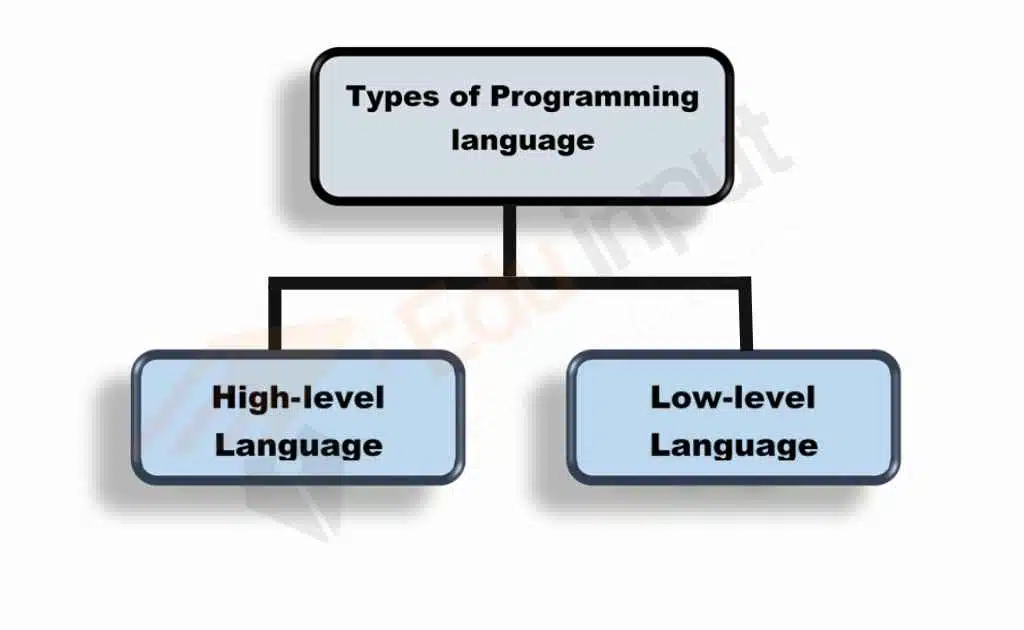
Low-Level Languages
Low-Level-Languages are far from humans and near to the computer. A computer can easily understand these languages. Deep knowledge of the internal structure of computer hardware is necessary to write programs in a low-level language.
There are two types of low-level languages machine language and assembly language.
Machine Language
In machine language, instructions are written in a binary form known as machine language. Computers only understand the machine language directly. It is the fundamental language of the computer.
Programs written in machine language can be executed very fast by computer. Programs written in machine language are machine-dependent. Every computer has its machine language. Machine language is difficult to understand by humans.
Lots of time is required to write and modify a program written in machine language. It is also known as the First generation language.
Assembly Language
Assembly Language is a Low-Level Language. It is one step higher than machine language. In assembly language, symbols are used instead of binary code.
These symbols are called mnemonics. For example, Sub instruction is used to subtract two numbers.
It is also known as a symbolic language. It requires less time as compared to machine language to modify and write programs in assembly language. It is mostly used for writing system software. It is also known as a second-generation language.
High-Level Language
A high-level language is near to humans and far from the computer. It is easy to understand humans. Programmers can easily write programs in a high-level language.
The program written in a high-level language can easily be modified. In a high-level language, the program is written in simple English like print and input. High-level languages are further divided as:
- Procedural Languages
- Object-Oriented Languages
- Non-Procedural Languages
There are different types of high-level languages.
High-level programming languages are closer to human languages and to machine code than low-level languages. They are similar to English in that they are easier for people to read and write.
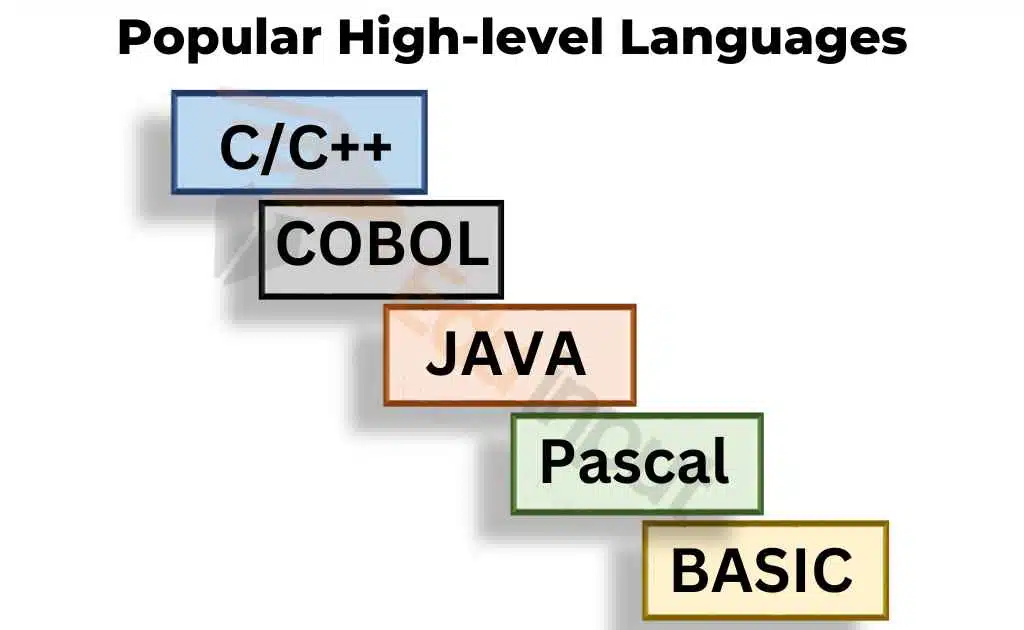
C/C++: It is a high-level programming language that is used to develop applications and system software. It is one of the most popular programming languages. It is not more difficult to use than another programming language. It is also called C, C++ language.
It is used for an operating systems like windows, Linux, Mac, and android operating system. It is used for web applications. It is used for the applications like office automation, games, multimedia applications, database system, and many more.
Java: Java is a platform-independent programming language. It can be used to develop applications that can run on any platform. The applications developed in java can run on operating systems like Windows, UNIX, Mac operating system, etc.
Pascal: Pascal is a popular high-level language used to develop business and scientific applications
FORTRAN: FORTRAN, short for Formula Translation, is a powerful mathematical programming language used to develop applications with complex mathematical functions.
BASIC: BASIC stands for Beginners All-Purpose Symbolic Instruction Code and it is just a basic programming language that is perfect for those just starting to learn to code and create software.
COBOL: COBOL stands for Common Business Oriented Language which is used for mathematical applications. It was created in 1959 and is still in use today.
Characteristics of high-level language
- Easy to learn.
- Error detection is easy in a high-level language.
- In a high-level language, deep knowledge is not required.
- High-level languages depend on the machine.
- High-level languages are easy to learn so most people come to learn the high-level language.
- The length of the program is shorter in high-level language than in low-level language.
Language Processor
Computers only understand machine language. The program is written in a high-level language and assembly language cannot be executed by the computer. So, it’s necessary to convert both languages into machine language before execution.
Language processors and translators are software that converts high-level language and assembly language to machine language.
Types of language processor
There are different types of language processors or translators.
Compiler
A compiler is a program that converts instructions written in a high-level language into machine language as a whole. Compilers are very large programs, with error-checking and other functions.
A program written in a high-level language is known as source code. The compiler converts the source program into machine code known as object code.
The compiler checks each statement in the source program and generates the machine instructions. It also checks the syntax error in the program.

A compiler only converts the programs of only the language for which it is written. For example, the C compiler can translate only those programs that are written in C language.
Interpreter
The interpreter converts the instruction statement by statement. It first converts one statement if there is an error it stops working and displays the error message before converting the next statement.
The advantage of interpreters over compilers is that an error is found immediately. So the programmer can correct errors during program development.
The disadvantage of the interpreter is that it is not very efficient because it does not produce an object program. It must convert the program each time it is executed. Visual Basic uses an interpreter.
Assembler
An assembler is translating program that translates the instruction of an assembly language into machine language.

Related FAQs
What are the 5 main programming languages?
There are different types of programming languages:
C/C++
Java
Python
SQL
Java Script, etc.
What are the 3 language processors?
Language processor has three types:
· Compiler
· Interpreter
· Assembler
What is a language processor used for?
A language processor is used to translate the source code into machine code. Like GCC is used to translate the C/C++ code into machine code.
What is a compiler?
A compiler is software that is used to convert the source code into the machine code as a whole. It is faster than an interpreter because it consumes less time.
What is an interpreter?
It converts the source code into machine code statement by statement. It is slower than a compiler because it consumes less time as compared to the compiler.
Is Java a low-level language?
No, java is not a low-level language. It is a high-level language.
What are the advantages of High-Level Languages?
The main difference between high-level languages over low-level languages is that they tend to be more English-like, meaning they are much easier to read, write, and maintain for the user. Programs written in high-level languages must first be translated into machine language so that the computer can read and execute them.
What are the 3 levels of programming languages?
The three levels of programming languages are as follow:
Assembly language
Machine language
High-level language
Which is the easiest coding language?
The easiest programming language is HTML and CSS. HTML is a hypertext markup language that is used for making web pages. CSS is used for styling.

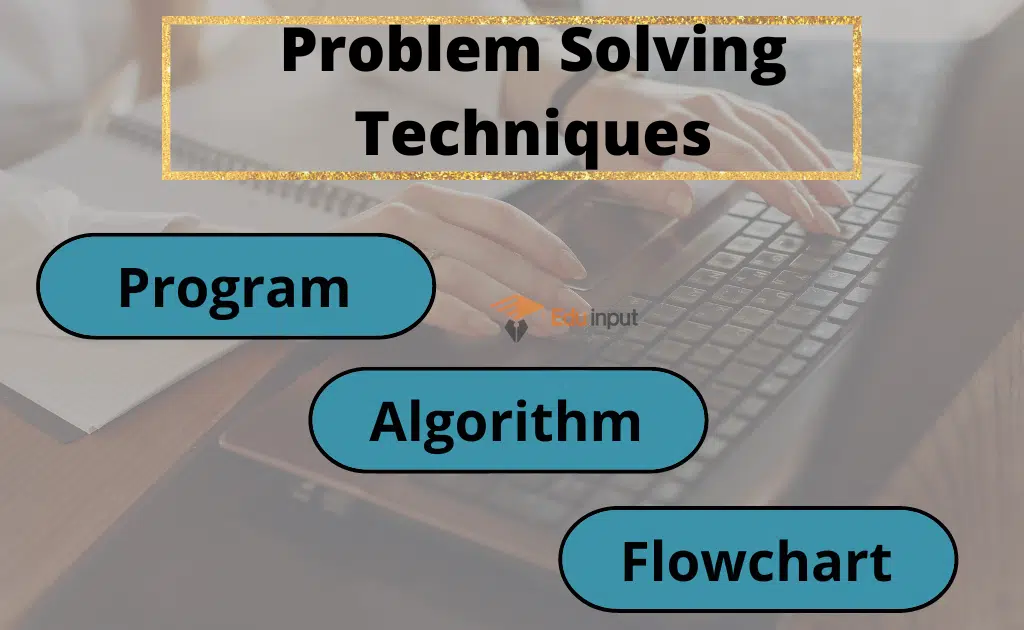
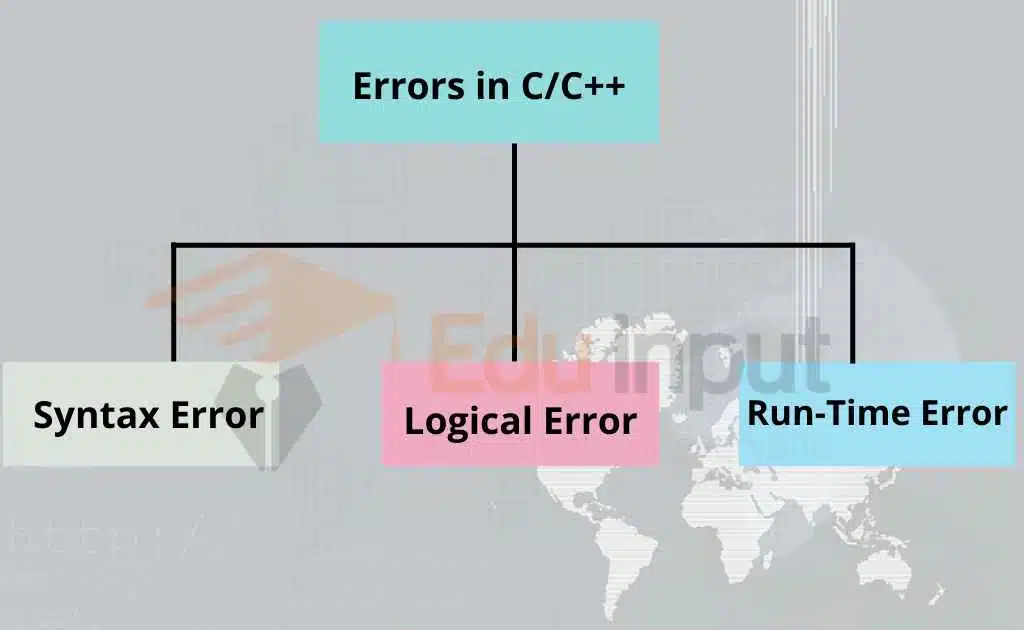

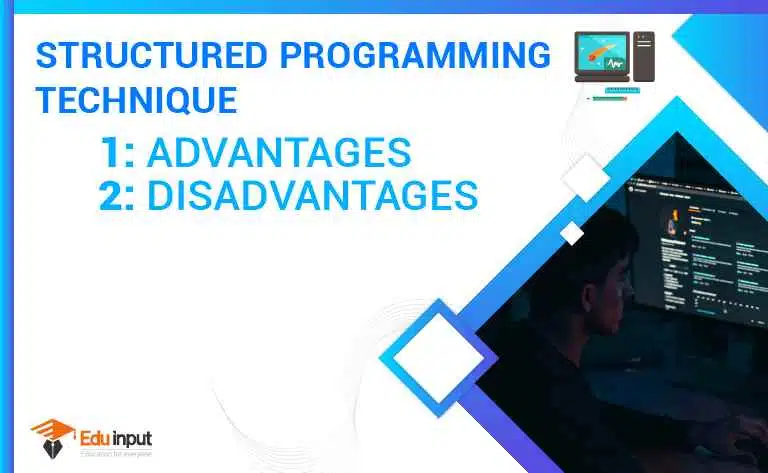


Leave a Reply